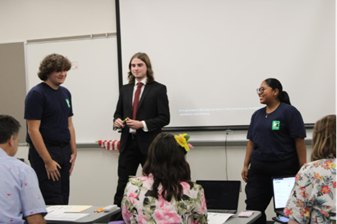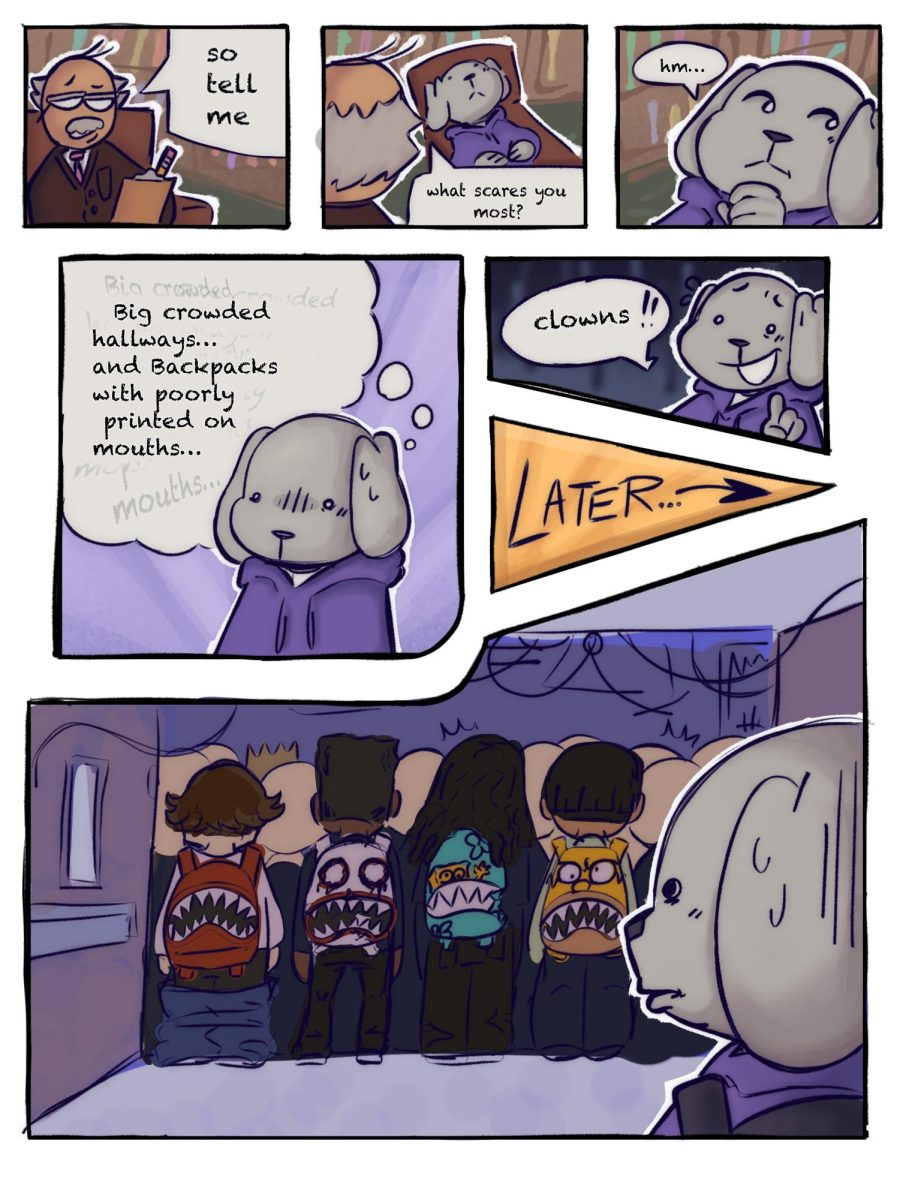Humans of BHS: The Art of Modeling with Joey Barnes
March 18, 2022
How long have you had an interest in railroad modeling?
“It started a few years back. I had a friend who bought me a set, then it just kinda spiraled from there. I got my neighbors to give me a table and set up everything in the basement. I kept it like that for a little while.”
Was it a big passion for you?
“Sort of. It was like a pastime, a way to just relax, take a break, that kinda stuff.”
How long did you do this before you quit?
“I did it for about a year or two. The problem is that it just got expensive after a while.”
How much did everything cost?
“A typical set costs around $100. A locomotive by itself? It depends on the size of it. Maybe over a hundred. And if you’re talking about the rolling stock that will pull everything along, then it’s about $20-$50.”
Walk me through the building of a model.
“Originally, it was around Christmas when I started this, so I set up a table and laid some white wool over the table to emulate snow. Then I laid track around, and got it all hooked in. Then I added some buildings, a level crossing, got all the trains set up on the tracks and that was it. The way it works is that there’s a rail, and those rails are connected to a wire which in turn is connected to a control panel. There’s this knob that you turn to make it go. You can choose between slower and faster.”
What is your favorite type of train?
“I normally like steam engines more than modern diesel electric types. I think they’re prettier, I guess.”
How long does an average build take?
“It depends on what scale you’re modeling. If you’re in a smaller scale, it can take less than an hour if you’re doing a very minimal set. If you’re talking garden scale, which is the largest size you can go, then maybe a week or two. It’s called garden scale because people usually set it up in their gardens.”
What’s the biggest project you’ve ever done?
“We have a Polar Express train set that goes around the Christmas tree. It was like an oval track that went around the tree. There were two coaches. One was like the end carriage and the other one had the hobo on it. There was this little thing on a hinge and you would press it down, it would flip over and the hobo would be there. If you press it again then he wouldn’t be there. It was very interactive.”




























